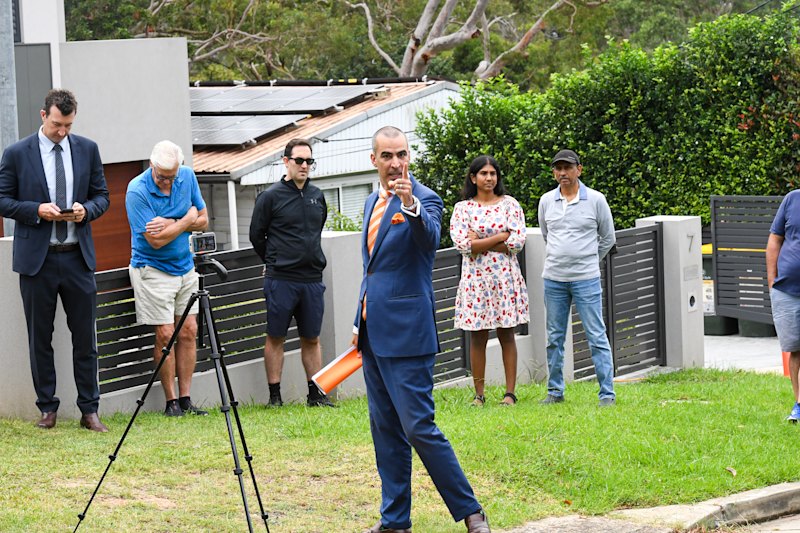Are apartments the thorn in the side of Canberra's property market?
There have been a number of years of huge development in Canberra that has carved out a new residential landscape. We have certainly joined the building boom and have become a city that has progressively developed upwards, inwards and have been limited by our borders in developing outwards. However, we cannot forget Canberra’s first cross-border suburb, Ginninderry.
Whether or not units are considered a thorn in the side of the property market depends on your stance – buyer, seller, owner-occupier, investor or developer – but they do provide housing diversity and affordability.
Mid to high-rise development continues to provide the heftiest boost to Canberra’s construction sector, accounting for 76.1 per cent of the new residential building approvals in the 12 months to the end of February. Compared to the five-year average of 72.1 per cent and 10-year average of 65.2 per cent. It is a stark reality we are all aware of – Canberra has been riding the wave of a development boom.
This hive of residential unit construction activity contributed $755.6 million to the local economy during 2017, the fifth highest value on record. In 2016 unit development provided the local economy with a $1.013 billion injection, according to ABS data compiled for the value of completed construction projects. This is the highest annual figure on record.
Building and construction has, and continues to be a pillar of strength to the local economy. Housing finance has also been a key element driving the ACT economy.
It cannot be disregarded that Canberra’s changing property landscape has placed a strain on unit prices. Record high residential development may have provided a substantial boost to the local construction sector, but the number of new units has stifled prices.
- Related article: How has the Canberra auction market performed in 2018?
- Related article: Is there a month Canberra vendors tend to list their house for sale?
- Related article: Should I discount the price of my home?
It has been a long time since unit prices in Canberra have undergone a sustained period of growth. The last boom phase of the unit price cycle was in 2009-10. This is the opposite scenario that is currently being experienced in the house market as prices make an upswing. Market observations suggest the level of new unit construction has particularly put undue pressure on the established unit market.
Although 2017 ended with unit prices improving for the second consecutive quarter, rising 0.1 per cent from September to $426,124 in the final quarter of 2017. Is this the sign of a changing outlook?
Recently the hive of construction approvals has softened. In the three months to the end of February, 273 units were approved, plummeting from the 778 in the same period in 2017. Townhouse approvals slipped from 374 in the three months to the end of February 2017 to 218 during the same period of 2018. House approvals improved to 217 in the three months to the end of February from 177 in the same period last year.
Interest rates are likely to be a key factor moving forward. A rise in interest rates, which are unlikely to be aggressive, could stall market activity further in the higher priced cities Sydney and Melbourne. This could make the lower price-point of a Canberra unit somewhat attractive to investors. That said, once land tax and higher rates are factored in it could deter investors entirely.
We recommend
We thought you might like
States
Capital Cities
Capital Cities - Rentals
Popular Areas
Allhomes
More







